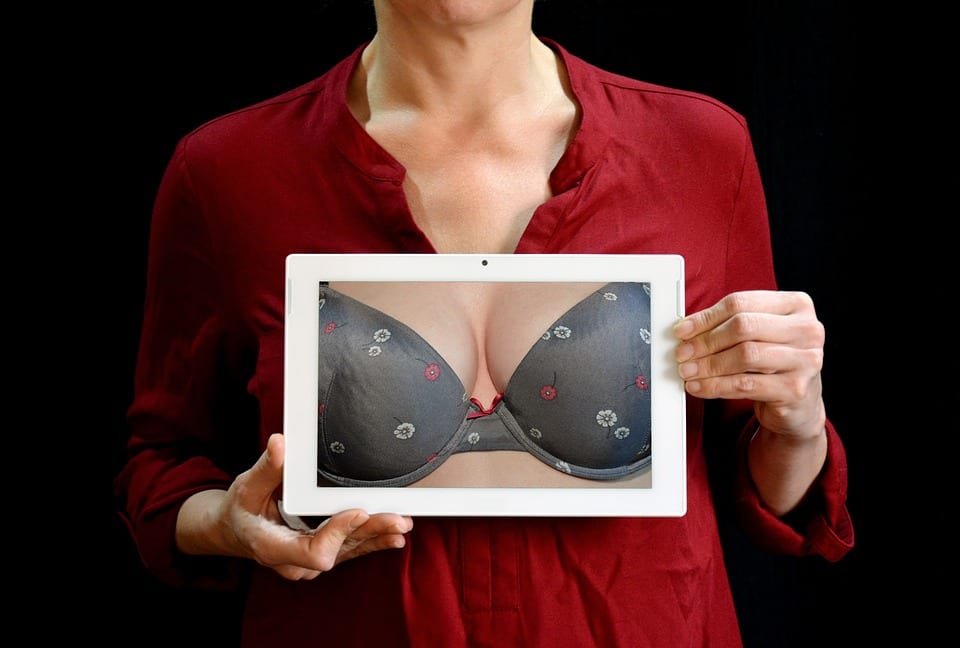October is breast cancer awareness month. As NSU puts on various events to spread awareness and educate our student body about the life-threatening disease, such as Pink Spin Ride and Pink it Out, it brings to our attention the necessity of self-breast examinations.
What is breast cancer?
Breast cancer is a disease that invades the cells of men and women’s breast tissue. According to the National Breast Cancer Foundation (NBCF), one in eight women are affected by breast cancer in their lifetime. This means, according to NBCF, that approximately 270,000 women are diagnosed each year and an estimated 2,600 men will be diagnosed annually.
Early detection methods include clinical breast exams, mammograms, healthy habits and, the easiest and cheapest, self-breast examinations, according to NBCF.
With breast cancer diagnoses occurring every two minutes, early detection is a huge factor in decreasing the effects of this fatal illness. What more of a reason do we need to check our breasts?
Are self-breast examinations really necessary?
According to the Susan G. Komen organization, breast cancer is less likely in men and women under 40, as less than five percent of breast cancer cases involve those younger than 40. Chances increase after 40 and are highest at age 70.
With my paternal and maternal grandmothers having suffered and survived breast cancer, the disease has always been a worry for me.
Two years ago, while completing a self-breast examination, I discovered a lump in my left breast. My parents were calmer than I was when I told them. They reiterated the above statistic: less than five percent of breast cancer cases involve those younger than 40. However, they contacted our family physician for a quick check.
My doctor sent me to our local breast health center for an ultrasound of the lump. I was relieved to find out it was benign – not cancerous.
I go back every six months for an ultrasound, as a preventative measure suggested by my doctor.
While the lump is not cancerous, this helped me to understand the importance of self-exams.
How do I complete a self-breast examination?
The National Breast Cancer Association suggests that all men and women 18 and up perform self-breast exams at least once a month. It’s important to become familiar with the look and feel of your breasts, so you can alert your doctor when irregular changes occur.
While mammograms can uncover the disease before you might feel a lump, according to John Hopkins Medical Center, “40 percent of diagnosed breast cancers are detected by women who feel a lump, so establishing a regular breast self-exam is very important.”
Completing a self-breast examination is simple. The National Breast Cancer Association states the exam should be done in the shower, in front of a mirror and lying down. Below are detailed steps the NBCA suggest men and women follow.
In the shower, use the pads of your fingers and move around your breast in a circular pattern from the outside to the center. Check the entire breast and armpit areas for any lump, thickening or hardened knot.
In front of the mirror, visually inspect your breasts with your arms at your sides. Then, raise your arms overhead. Look for changes in contour, any swelling, dimpling of the skin or changes in the nipples. Next, rest your palms on your hips and press firmly to flex chest muscles. Look for puckering, dimpling or changes to either breast.
When lying down, place a pillow under your right shoulder and right arm behind your head. Using your left hand, move the pads of your fingers around the breast gently in circular motions. Do this to the entire breast and armpit area. Repeat these steps for the other breast.
While eight out of 10 lumps are not cancerous, according to the National Breast Cancer Association, it is important to take preventative measures and contact a medical professional if any irregularities are found.
With over 2.8 million breast cancer survivors in the U.S. today, the Susan G. Komen organization says it is best to diagnose and treat breast cancer at the earliest possible stage.
For more information on breast cancer detection and treatments, visit nationalbreastcancer.org/breast-cancer-awareness-month.


